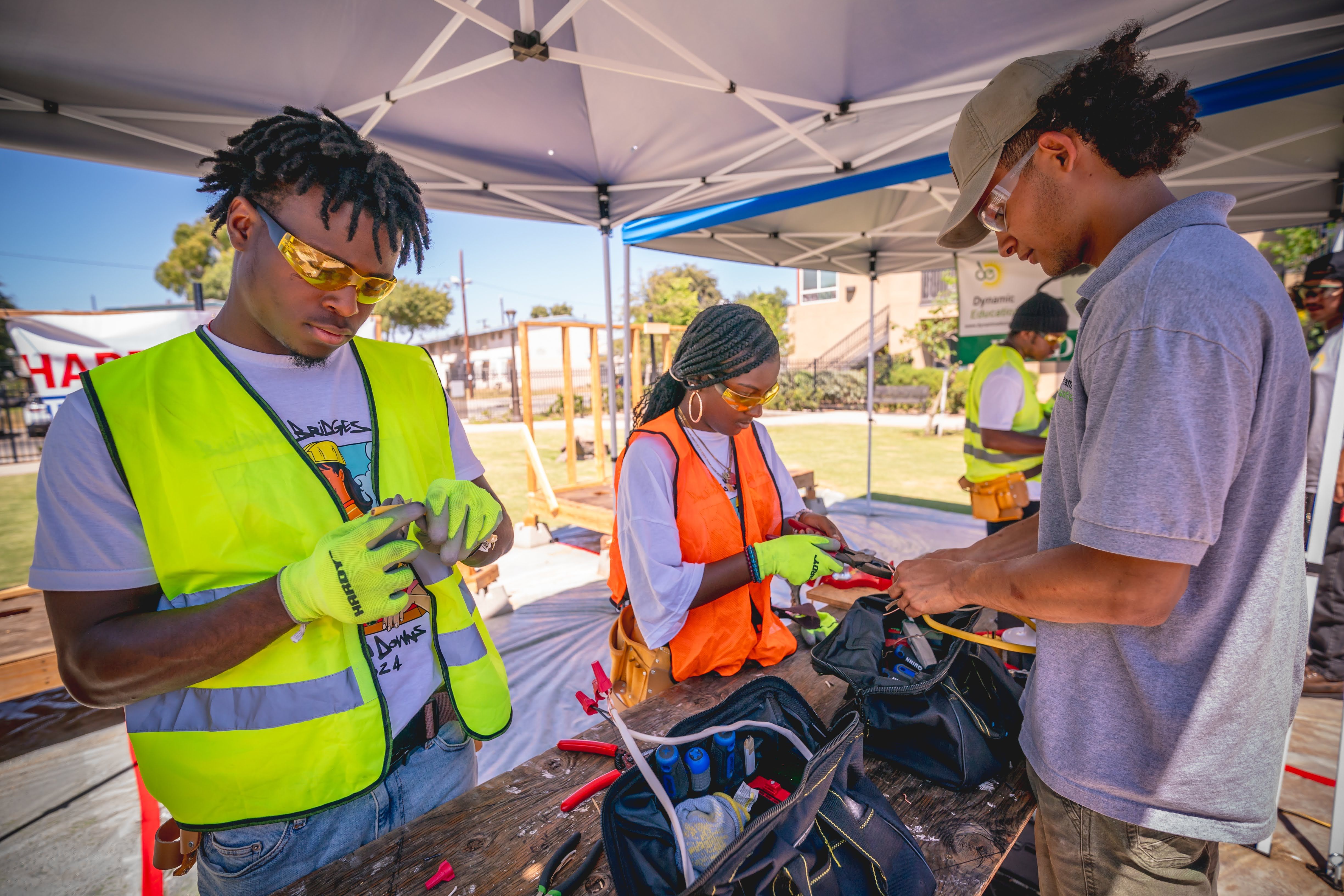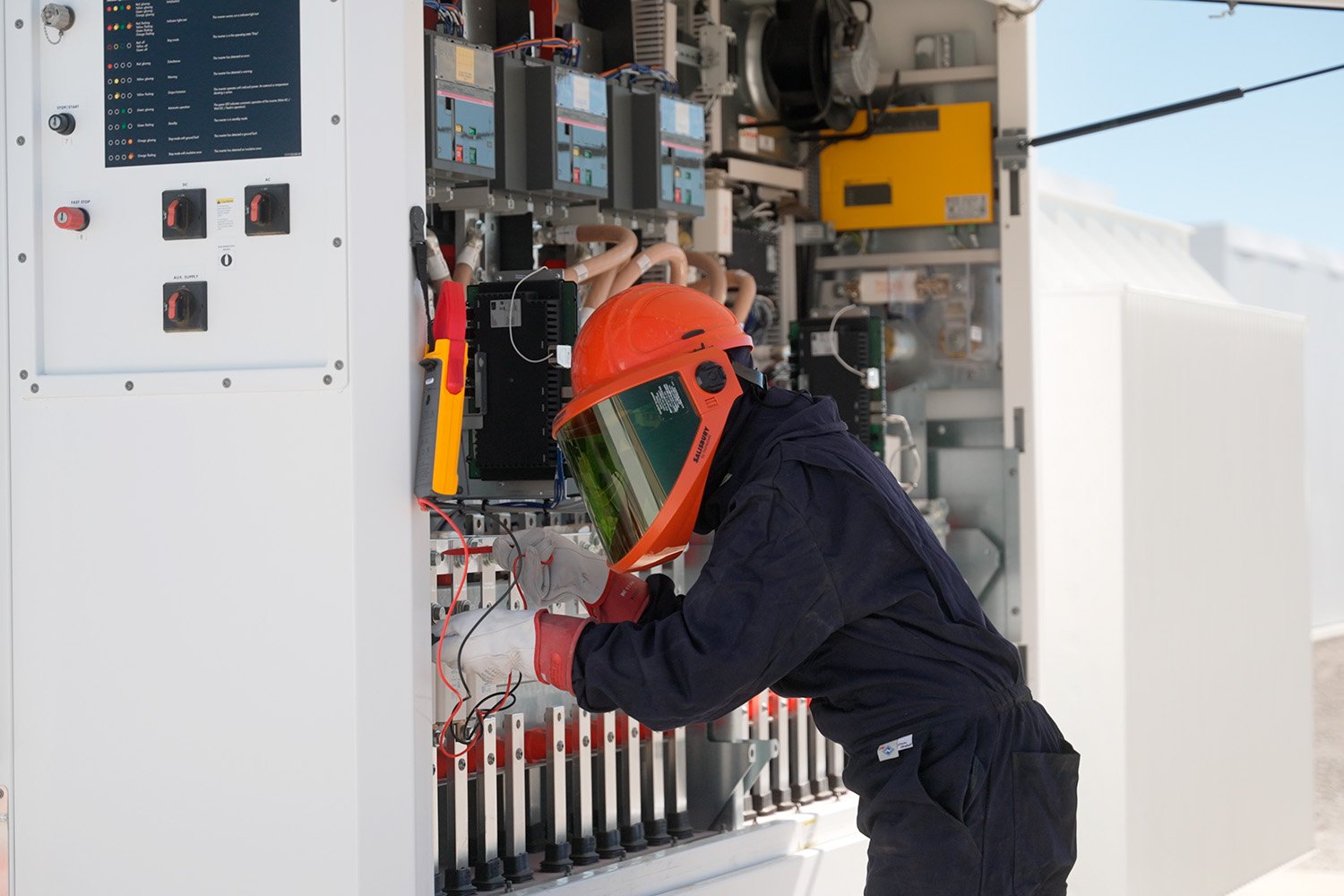
Skilled trades careers are thriving in 2025, fueled by labor shortages, green energy initiatives, and advanced technology. With 663,000 annual openings in construction-related fields 1 and 94% of tradespeople reporting high job satisfaction 2, these roles have shifted from fallback options to premier career choices. This article explores the trends, vocational paths, and strategies to help you build a future-proof skilled trades career.
Three forces are reshaping skilled trades careers: unprecedented demand, technological integration, and sustainable infrastructure needs.
A wave of retirements and declining interest in desk jobs has left industries scrambling for workers. The construction sector alone needs to fill 663,000 positions annually through 2025 1, while manufacturers struggle to find certified welders and robotics technicians. States like Georgia address this gap through initiatives like the HOPE Career Grant, which currently covers tuition for in-demand programs like HVAC and welding 4. Employers are also broadening hiring criteria with 10% now prioritize candidates’ technical aptitude over spotless criminal records 5.

Modern tradespeople are as comfortable with code as they are with wrenches. Eighty-nine percent of workers now use advanced tools like drone-based site inspections or AI diagnostic systems 2. Take Maria Rodriguez, a 28-year-old robotics maintenance technician:
“I program automated welding arms by morning and troubleshoot smart HVAC systems by afternoon. I combine problem-solving with hands-on work daily.”
These tech-enhanced roles attract Gen Z workers seeking dynamic careers 7, with trade school enrollment up 16% since 2024.

Federal incentives for renewable projects have sparked niche opportunities. Wind turbine technicians top the Bureau of Labor Statistics’ growth list, with a 68% expansion projected from 2025 to 2030 8. Electricians now specialize in solar microgrids, while plumbers design water-efficient systems for eco-friendly buildings.

With these trends shaping the industry, let’s explore five high-growth skilled trades careers offering stability and competitive pay.
Median Salary: $60,000 or more 9
Electricians install EV charging stations, maintain smart grids, and configure solar battery systems. State licensing remains essential, but apprenticeships now include IoT (Internet of Things) and renewable energy modules.
Median Salary: $58,000 10
Extreme weather and net-zero building codes make HVAC technicians indispensable. Those with EPA 608 certification earn up to $75,000 annually optimizing geothermal heat pumps and AI-driven climate systems 9.
Median Salary: $56,000
From hydrogen fuel pipelines to greywater recycling systems, plumbers modernize aging infrastructure. Apprenticeships combine CAD software training with hands-on pipefitting.

Median Salary: $54,000 9
Automation hasn’t replaced welders, but elevated their work. Certified professionals program robotic welding cells and repair aerospace components, with AWS certification boosting earnings by 22% 9.
Median Salary: $98,000 9
This role demands onsite experience and BIM software proficiency. With 8% growth projected through 2030 15, managers who master lean construction methods and LEED certification command top salaries.

Young professionals are flocking to these trades profession options:
Beyond stability, these roles offer:

Skilled trades careers in 2025 offer more than jobs. They’re pathways to innovation, financial security, and community impact. Even if you’re drawn to smart infrastructure or sustainable energy, these roles let you build tomorrow’s world while securing your future. As Maria Rodriguez says,
“In this field, every project leaves a lasting mark.”
Ready to make yours?

